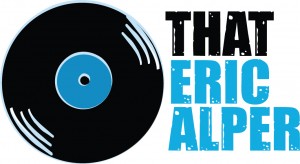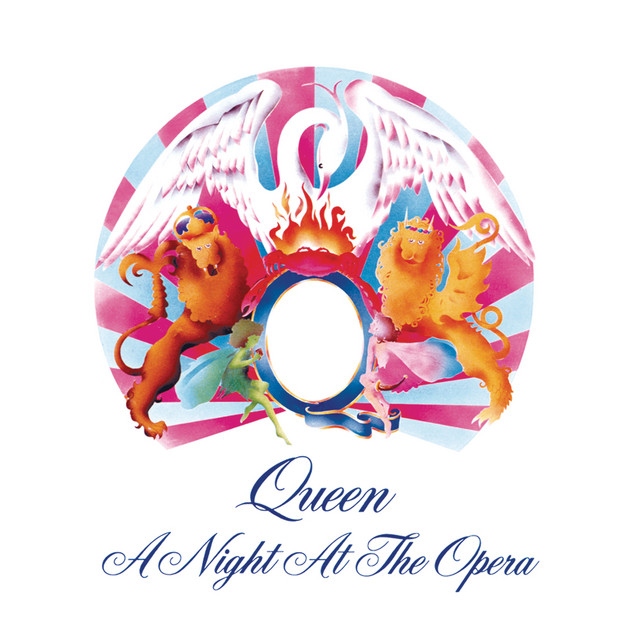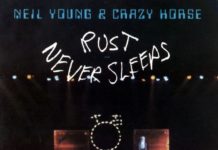Few albums have changed the landscape of rock music quite like Queen’s A Night at the Opera. With its operatic grandeur, multi-layered harmonies, and sheer audacity, it remains one of the most influential albums of all time. You may know Bohemian Rhapsody word for word, but here are five things you probably didn’t know about A Night at the Opera.
1. The Album Nearly Bankrupted the Band
By 1975, Queen was on the verge of collapse—not because they weren’t successful, but because they were broke. Their previous management deal with Trident Studios left them earning just £60 a week, while the label raked in the profits. The situation was so dire that bassist John Deacon was denied a loan to buy a house. Their frustration boiled over into the venomous Death on Two Legs, Freddie Mercury’s seething attack on former manager Norman Sheffield. It was only after breaking free from Trident and signing with new management under John Reid (Elton John’s manager) that the band was able to secure the funds needed to make A Night at the Opera.
2. Bohemian Rhapsody Had to Be Spliced Together Like a Puzzle
The now-legendary operatic section of Bohemian Rhapsody was so complex that it took weeks to record. Freddie Mercury, Brian May, and Roger Taylor overdubbed their vocals so many times that the tape reels became nearly transparent from wear. With over 180 vocal overdubs, the technology of the time couldn’t handle the number of tracks needed, so producer Roy Thomas Baker had to physically cut and splice different pieces of tape together to create the seamless transitions we hear today. If you listen closely, you can hear the moment where one tape splice meets another in the song’s opera section.
3. ’39 Is a Hidden Sci-Fi Masterpiece
Brian May’s ’39 might sound like an old-time folk ballad, but its lyrics reveal a surprising story. The song is actually a science-fiction tale about astronauts who embark on what they believe is a year-long journey, only to return and discover that a century has passed on Earth due to the theory of relativity. A self-confessed science nerd (he later earned a Ph.D. in astrophysics), May blended his love of Einstein’s theories with the melancholy of lost time. While Freddie Mercury usually handled lead vocals, May took over singing duties on ’39, making it a rare Queen track where the guitarist is the primary vocalist.
4. The Band Built a Fake Jazz Band for Good Company
Brian May didn’t just play guitar on Good Company—he created an entire brass band… using only his guitar. He meticulously recreated the sound of a Dixieland jazz ensemble by layering multiple takes of his Red Special guitar through the Deacy Amp, making it sound like trumpets, trombones, and clarinets. The effect was so convincing that many listeners assumed Queen had actually hired a real horn section. May’s dedication to sonic experimentation made the track one of the most innovative moments on the album.
5. Love of My Life Became an Unexpected Latin American Anthem
While Love of My Life is a beloved Queen ballad worldwide, it became a phenomenon in South America. When Queen toured Argentina and Brazil in 1981, they were stunned to hear massive crowds singing the song back to them, word for word, in English. The connection was so strong that a live version was released as a single in South America, where it went to #1 and remained on the charts for a year. Today, Queen and Adam Lambert still perform it live, often featuring archival footage of Freddie Mercury leading the audience in an emotional singalong.
Nearly 50 years after its release, A Night at the Opera continues to captivate music lovers and inspire artists. It wasn’t just Queen’s breakout album—it was a daring, ambitious, and revolutionary record that defied conventions and set new standards for what rock music could be. And that’s why, decades later, we’re still talking about it. Long live Queen!







